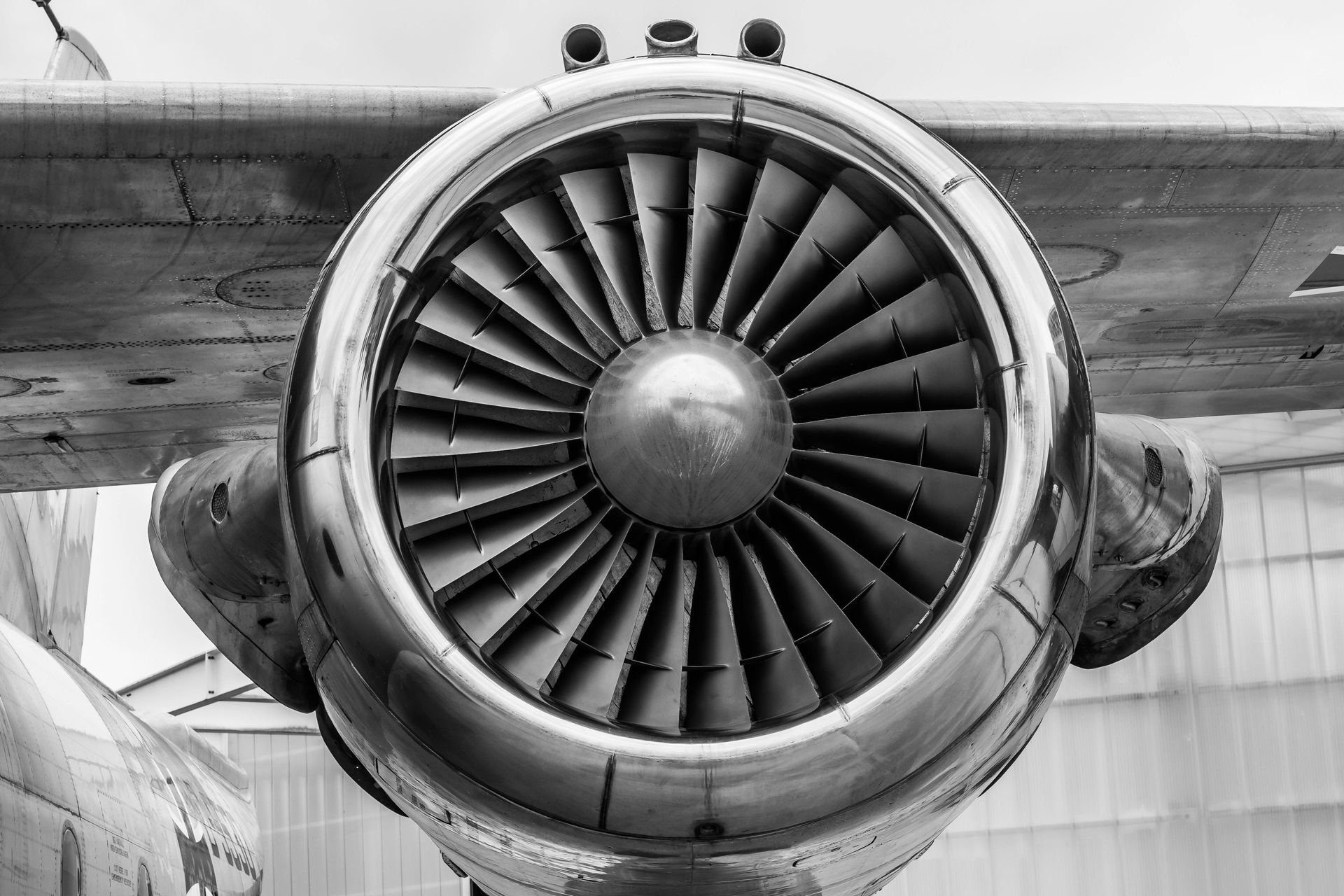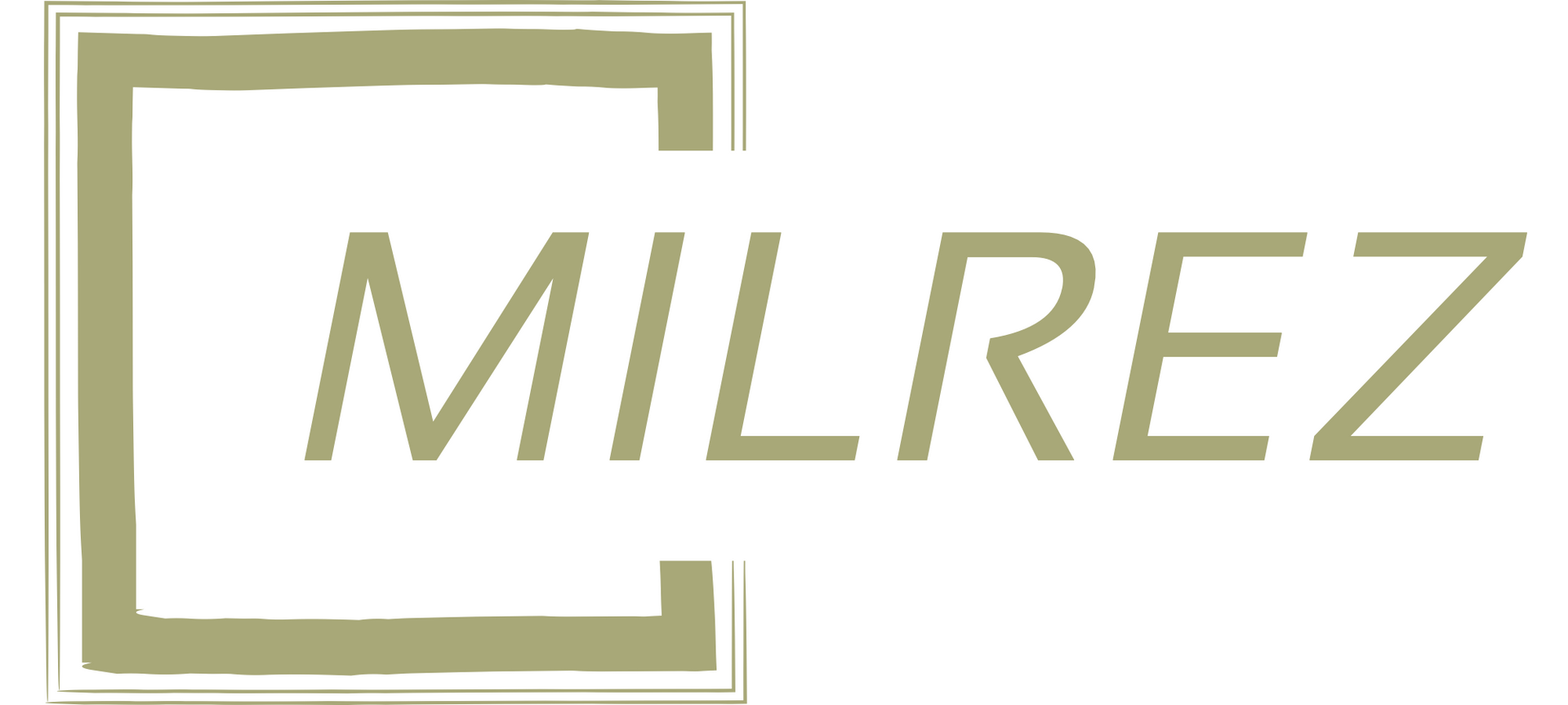
Repair Services
Sheetmetal Repairs
1. Fastener Replacement
Replacing damaged or loose rivets, screws, or Hi-Lok fasteners with approved types.
Involves drilling, countersinking, and proper torque or rivet installation.
2. Skin Patching
Installation of flush or overlay patches on minor skin damage.
Requires layout, cutting, and fastening; typically within SRM limits.
3. Doubler Installation
Adding reinforcement plates over cracks or damaged areas.
Requires precise drilling, fitting, and fastening to maintain structural integrity.
4. Bonded Repairs
Adhesive bonding of patches or components in areas where rivets can’t be used.
Requires correct surface prep, bonding techniques, and cure processes.
5. Component Repairs
Repair or partial replacement of fairings, cowlings, panels, and other structural parts.
Involves fitting, trimming, and fastening new or refurbished parts.
6. Skin Replacement
Removal and replacement of large skin sections on wings or fuselage.
Requires extensive layout, forming, and structural alignment.
7. Sheet Metal Fabrication
Custom forming and shaping of parts using brakes, stretchers, rollers, or CNC equipment.
Precision and technical skill are critical to match design specs.
8. Structural Modifications
Modifications related to STCs or equipment installations (e.g., antenna mounts, cutouts).
Involves engineering drawings, structural analysis, and often coordination with OEMs or regulatory authorities.
Compliance
All repairs follow OEM manuals (AMM, CMM, SRM, EM) and FAA/EASA regulations, with proper documentation and traceability.
Composite Repairs
1. Cosmetic Repairs
Light sanding, filler application, and painting to fix scratches, paint defects, or superficial surface damage.
No structural impact; typically done on fairings or access panels.
2. Surface Scarf Repairs
Localized removal of damaged laminate (usually via scarf sanding) and buildup of repair plies.
Often performed on thin skins or non-load-bearing structures.
3. Core Replacement (Potting or Plug Repairs)
Removal of damaged honeycomb or foam core and replacement with potting compound or pre-cured plugs.
Used in sandwich structures like flight controls, panels, or radomes.
4. Wet Lay-Up Repairs
Application of resin-impregnated fabric (fiberglass, carbon, or aramid) to repair laminate plies.
Requires accurate ply orientation, vacuum bagging, and controlled curing.
5. Prepreg Repairs
Use of pre-impregnated (prepreg) composite materials for high-strength repairs.
Requires precise temperature control, vacuum bagging, and oven/autoclave curing.
6. Co-Cured or Secondary Bonded Repairs
Bonding new composite components to existing structures (e.g., doublers or patches) using structural adhesive films or foams.
Demands precise surface preparation, alignment, and thermal cycle management.
7. Large Area/Core Section Replacement
Replacement of significant sections of core and face sheets in control surfaces or fuselage panels.
May require custom tooling, molds, and engineering instructions beyond SRM limits.
8. Complex Structural or OEM-Authorized Repairs
Repairs on high-load, flight-critical structures (e.g., spars, frames, pressure bulkheads).
Typically require OEM coordination, custom repair schemes, and extensive documentation.
Compliance
All repairs follow OEM manuals (AMM, CMM, SRM, EM) and FAA/EASA regulations, with proper documentation and traceability.
Assembly Services
1. Basic Fastening & Torque Application
Installing standard fasteners (bolts, screws, nuts) using torque wrenches per spec.
Includes torque striping, thread locking, and safety wiring.
2. Bracket and Minor Fitting Installation
Installing or replacing clips, brackets, and minor structural fittings.
Requires alignment, correct hardware selection, and torque application.
3. Structural Component Installation
Fitting major components (e.g., frames, ribs, floor beams) using bolts, rivets, or Hi-Loks.
Requires precision fitting, edge distance verification, and hole preparation.
4. Shimming and Alignment
Installing custom or pre-cut shims to ensure proper part fit and load transfer.
Critical for joining fuselage sections, fairings, or panels.
5. Major Subassembly Mating
Joining large structural assemblies (e.g., fuselage barrel sections, wing box mating).
Involves precision alignment, complex bolting sequences, and support tooling.
6. Sealant Application & Fuel Tank Assembly
Applying fuel-resistant sealants in structural joints and tank areas.
Requires clean environments, precise tooling, and adherence to curing procedures.
7. Control Surface Rigging & Installation
Installing and rigging ailerons, elevators, rudders, and trim tabs.
Involves careful adjustment of deflection angles, hinge alignment, and control cable tension.
8. System Integration During Structural Assembly
Integrating systems (hydraulic lines, electrical conduits, ECS ducting) during structural assembly.
Requires coordination across multiple teams and strict compliance with aircraft build plans.
Compliance
All repairs follow OEM manuals (AMM, CMM, SRM, EM) and FAA/EASA regulations, with proper documentation and traceability.

